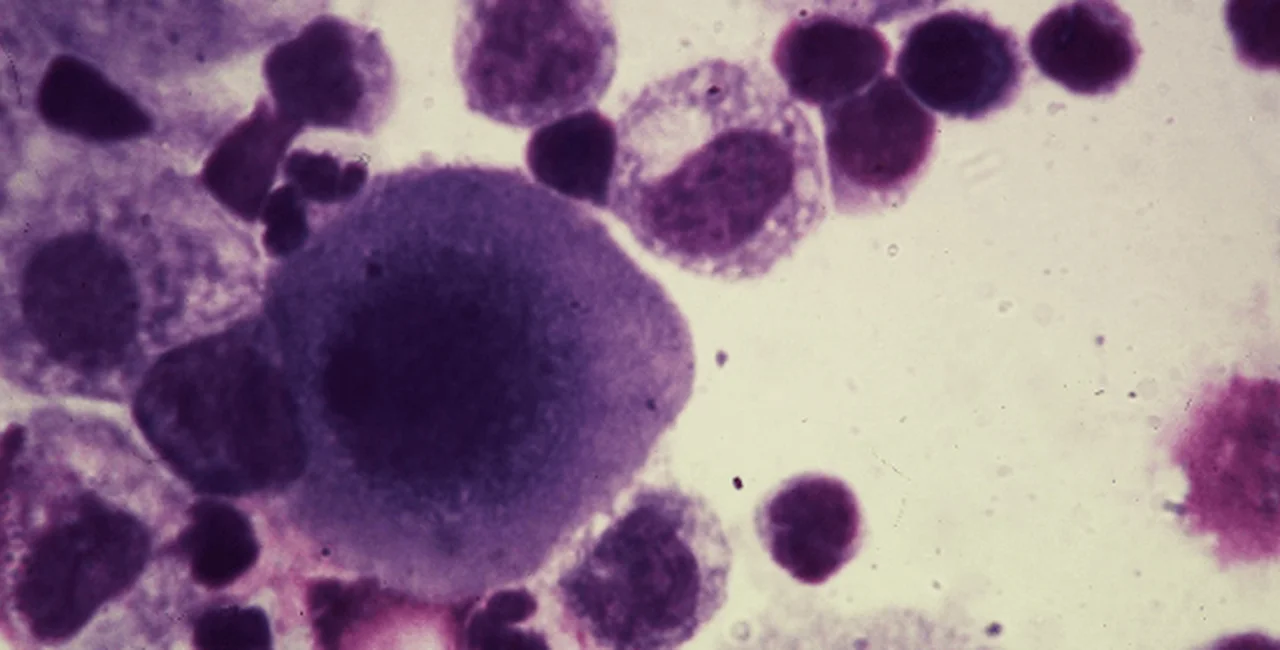A dental check-up deals not only with tooth decay, but can also detect serious disease as well
Those who look after their health cannot avoid preventive check-ups at the dentist. Regular dental hygiene should also be a feature of our calendars. Few people realise, however, that oral health is not just shiny teeth without cavities or periodontitis. Dentists are well aware that the focus should be on the entire oral cavity.
Over 2,000 new cases of cancer of the oral mucosa are diagnosed in the Czech Republic each year. Of these, fewer than half of the patients live more than five years.
Cancer of the oral mucosa is not greatly discussed, yet at the same time its incidence is twice as that of cervical cancer. That is a very good reason to go to the doctor on time; the fatal consequences of this disease can therefore be avoided with the help of preventive examinations. “In the first phase of the disease, there is nothing to see in the oral mucosa at first sight. Thanks to the VELscope instrument that we use at CMC, however, it’s possible with the aid of an x-ray examination to find a problematic site before the onset of visible change,” says the head dentist of Canadian Medical Care’s outpatient clinic, MUDr. Petr Chalupa.
In the initial phase, the disease is also not painful. The tumour most often manifests as a defect on the tongue, lips or oral mucosa that does not heal over a long period. Even before that there may be white or red spots. Tumours of the oral cavity can be benign or malignant, i.e. those that are not cancerous do not spread further and do not put the patient’s life at risk, and those that metastasize further. The risk can be detected earlier through prevention and therefore increase the chance of successful treatment. This is obviously influenced by the extent of the disease, and the age and current state of health of the patient. As a rule, however, a patient has to undergo surgical removal of the tumour and subsequent radiotherapy. Untreated oral mucosa cancers tend to have fatal consequences, and even if the cancerous growth can be stopped, it often ends in deformation or significant losses of the mouth, face or neck
Who is at risk of oral cancer?
Great care should be taken mainly by smokers and people who consume alcohol often. It is such patients that malignant growths appear most frequently, in up to three-quarters of cases. Younger age groups and women in particular, however, more and more often are affected by tumours. The greatest growth in recent time was recorded in women aged 25 to 45. Like cervical cancer, one of the possible pathogens is also the HPV virus which is often transmitted through sexual contact. Despite significant advances in surgery and oncology over the past decade, the results of treatment of these tumours are improving only very slowly. The reason is the late detection of the disease. In nearly two-thirds of patients, the disease is diagnosed once it is in the advanced stage, i.e. when the nodal metastasis has already spread to the neck. If the emerging disease is detected in time, it increases the patient’s chance of survival from 50% to 90% in the next five years.
Three questions for MUDr. Petr Chalupa, head dentist at Canadian Medical Care
How can I prevent oral cancer, and is oral cancer hereditary?
A healthy lifestyle is naturally important, as is not smoking and avoiding regular drinking of large amounts of alcohol. According to current findings, genetics play a minor role in this case. What should be indispensable is regular check-ups with a dentist. Self-examination can also help, i.e. regular inspection of the mouth to see whether there are some unusual phenomena. Self-examination, however, generally detects already advanced stages, unlike screening examinations.
What cases should I pay attention to?
The most common symptoms of the disease that has already developed are patches and lumps, roughened areas on the tongue or mucosa, as well as white, purple or red spots, painful and easy-to-bleed areas that do not heal over a long period, problems with chewing, swallowing, as well as talking or moving the tongue and jaw, and a persistent sore throat. If you go to a dentist regularly, definitely consult him or her over similar problems. He or she should also point out the risk to you.
How will the VELscope screening device help me?
The VELscope examination device is non-invasive and pain-free, and without the need for staining and rinsing the tissues. In addition, it takes two minutes at most, so it can be incorporated seamlessly into regular dental check-ups. At the same time you can save a lot of unpleasant experiences. The revolutionary device detects abnormalities in time of the oral mucosa that are often undetectable under normal white light. The technology is based on the principle of changes in the fluorescence of the oral mucosa caused by the presence of abnormal cells in the tissue. VELscope issues a harmless blue light that lights the area under examination in the oral mucosa. It helps dentists as well as surgeons detect disease of the oral mucosa in time. It helps identify affected tissue around a clinically apparent lesion and hence determine the limits of the surgical incision. At the same time, the doctor may discover other mucosal abnormalities during the examination such as viral, fungal or bacterial infection, inflammation or irritated areas.












 Reading time: 4 minutes
Reading time: 4 minutes 






















